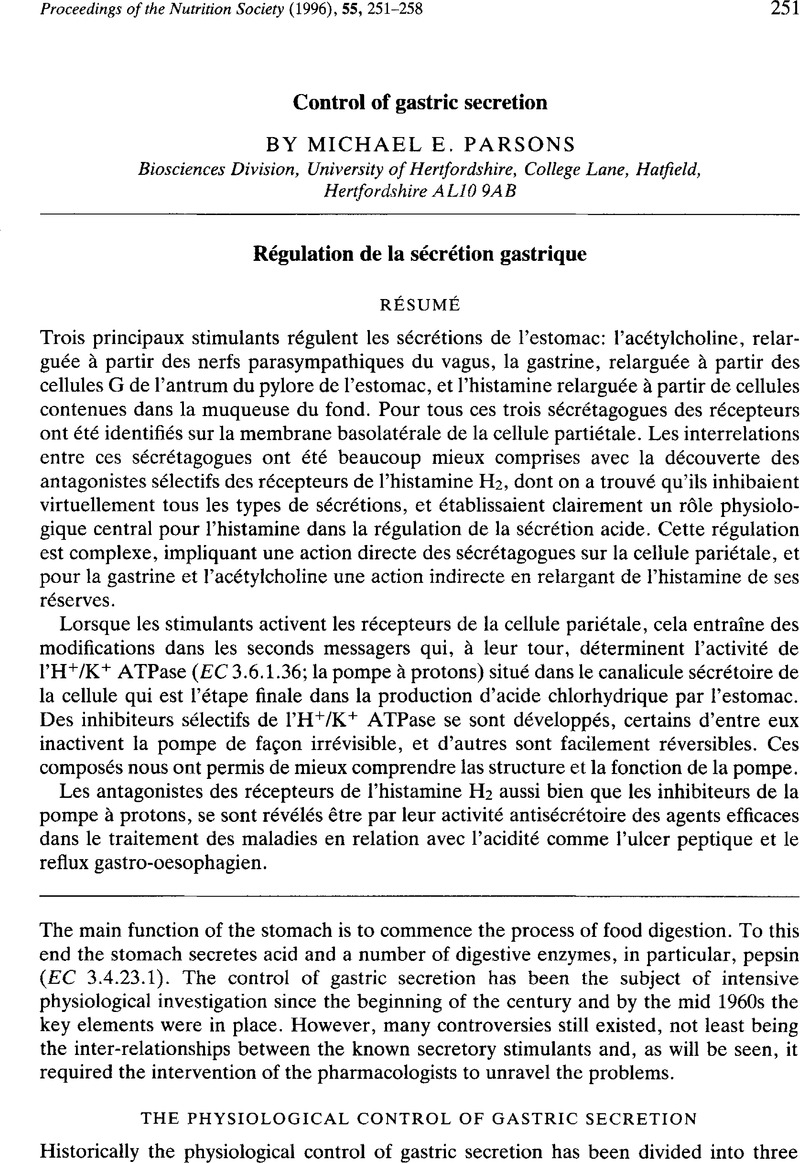Crossref Citations
This article has been cited by the following publications. This list is generated based on data provided by Crossref.
Yen, Jong-Tseng
2000.
Swine Nutrition, Second Edition.
Homaidan, Fadia R
Chakroun, Iman
and
El‐Sabban, Marwan E
2001.
Encyclopedia of Life Sciences.



